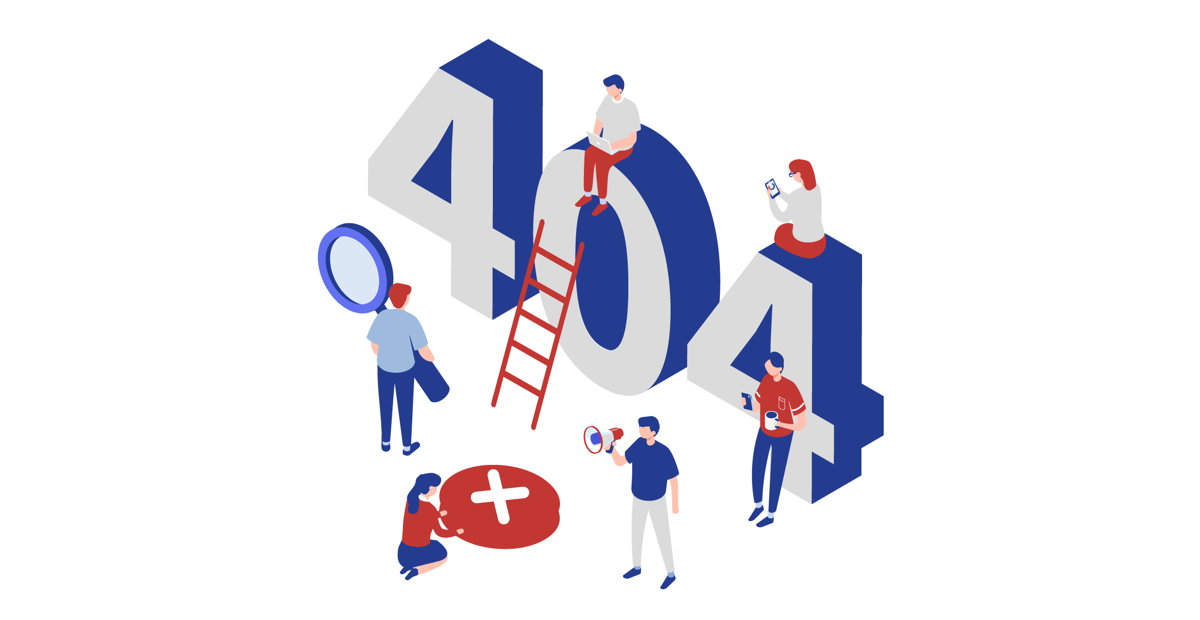From HAL 9000 to the Enterprise computer on "Star Trek," high-functioning automated programs with the capacity for human interaction have been a staple of science fiction for many years. Of course, our current technology doesn't even come close to the sophisticated computers and robots portrayed onscreen. Still, advances in the fields of digital programming and AI have yielded many outstanding products, not the least of which is the chatbot.
Chatbots are basically automated customer service representatives. They are one option for implementing "live chat" within a company's website. Moreover, chatbots are not going anywhere, anytime soon: one study estimates that the global chatbot market will reach $1.25 billion by the year 2025.
True, even the best chatbots have their limitations. And there is a wide variance of opinion between customers about the merits of using a chatbot to handle a request. Some feel that chatbots are helpful innovations; others view them as HAL 9000-sized nuisances.
That being said, there are three basic options for businesses wanting to utilize live chat on their website: chatbots, live agents, or augmented agents. This article will discuss the pros and cons of each option.
Pros and Cons of Chatbots
Some companies shy away from using chatbots. Perhaps organizational leaders worry that a chatbot solution will be too costly, will cause a decrease in customer satisfaction scores, or will be too difficult to implement. The truth is, chatbots offer several key advantages to businesses that utilize them. Some of the pros of using chatbots include:
Affordability. Chatbots are a much less expensive option when compared to a workforce of phone agents, as one example. Basically, you're only paying for the AI software that powers the chatbots, instead of keeping a large number of agents on payroll.
Speed. Chatbots can respond to customer requests almost instantaneously. Thus, instead of making customers wait for hours via email or form submission, or even minutes via phone interaction, chatbots offer an immediate support option for busy users. In fact, one survey found that at least 54% of respondents would rather interact with a chatbot than wait 10 minutes to speak to a human representative.
Availability. Unlike human agents that, you know, need to sleep every once in a while, chatbots can provide 24/7 customer service each day, every day.
Functionality. Chatbots are generally good at handling basic requests, like informational inquiries or routine transactions. In fact, research has shown that chatbots may be able to effectively resolve up to 80% of chat sessions.

Granted, there are some drawbacks to implementing a chatbot-only live chat solution. Two of the biggest cons to this approach are:
Lack of advanced capabilities. While most chatbots can handle basic customer issues, they are completely out of their league when it comes to more complicated scenarios, such as customer complaints that require the "human touch" for successful resolution.
"Unfriendliness" and/or "creepiness." The tone of some chatbots may come across as abrupt, cold, or even rude to certain customer segments. And when a chatbot is programmed to impersonate a real human being, there is a disturbing "creepiness" factor that comes into play.
Pros and Cons of Live Agents
What about bypassing the chatbot option completely, and only using human agents for live chat sessions? This approach also has its unique advantages and drawbacks.The advantages include:
Relative cost-effectiveness. Even though the use of live agents is a bit pricier than chatbots by themselves, live chat is still a more economical way to interact with customers than over the phone. In fact, it's 17% to 33% less expensive to utilize live chat compared to a customer support line over the phone.
Multitasking capabilities. Live agents can engage in multiple chat sessions at one time. This allows them to prioritize issue resolution and handle several interactions at once, all in the same amount of time it would take them to handle one or two customer inquiries over the phone.
The "human touch." This is the biggest benefit that live agents offer companies. There's just no way that chatbots can fully comprehend a customer's frustration, sympathize with that customer, and then provide innovative solutions like anotherhuman being can. It's no wonder that 75% of respondents from one survey state that they prefer interacting with a live agent over a chatbot.

There are at least two major drawbacks to only using human agents for customer interactions over live chat:Limited availability. Humans can only work so many hours in a week, and typically only during normal business hours. Thus, live-agent-only solutions are limited as to availability, which could be a major friction point for some customers. High performance variance between agents. We've all experienced the good and the bad of live agent interactions. Some agents are wonderful reps for their brand, and get the job done promptly and efficiently. Other agents... well, not so much. The high degree of variance between exceptional and horrible live agents can be a big disadvantage for companies employing live agents without any chatbot assistance.
Pros and Cons of Augmented Agents
With the above information in mind, it comes as no shock that more and more companies consider the "augmented agent" approach to live chat customer service as the platinum standard. This approach (which pairs a live agent with a chatbot "sidekick") offers the best of both worlds:
Chatbots handle routine customer requests, and transfer users with more complex issues to a live agent. Customers receive prompt engagement from the chatbot, but always have the option to escalate their interaction to a human being. Chatbots sourced from an innovative CXM platform can actually provide prompts to help a live agent know what to say, and how best to respond to a customer request. The company offers superior support to its customers, while maintaining low costs. Really, the only "con" of the augmented approach is its higher cost compared to a chatbot-only solution; however, such a cost is still significantly lower than a phone-driven customer service approach. While your chatbots may not be at the level of a science fiction story, when paired with live human agents they can help provide an "out of this world" customer service experience for your users, which is a goal that every growth-oriented business strives to achieve. So if you are exploring live chat options for your company, be sure to investigate the possible benefits of an augmented agent approach.


